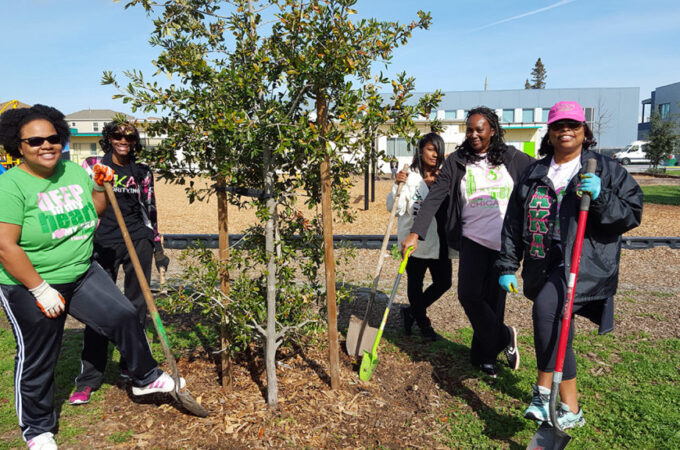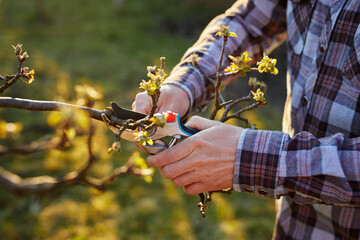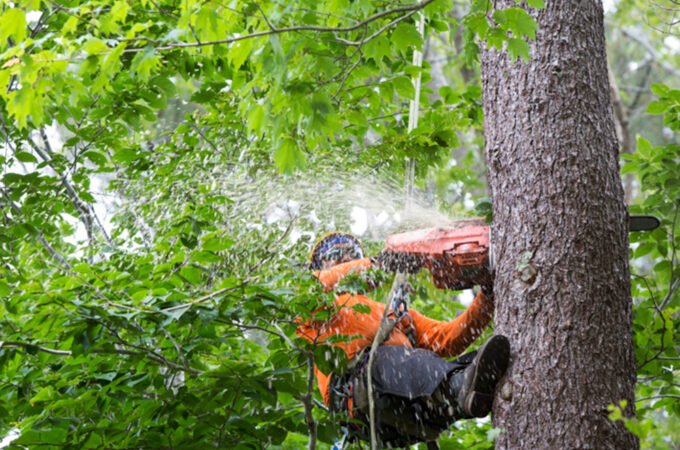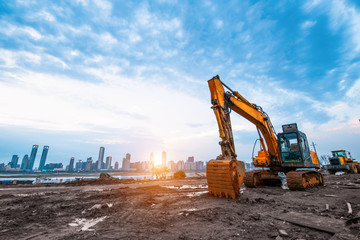Tree Removal: When to Leave it to the Pros
Austin TX Tree Removal in your yard can improve the view, provide extra space for a garden or pool, or prevent damage to other trees. If a tree is diseased or dead, it may need to be removed immediately.
Prepare your work area and safety gear before chopping down the tree. Be sure to have two escape routes clear in case the tree falls in the wrong direction.
Trees are a beautiful addition to any property, and they really complement your lawn, home, garden, pool, and any other landscaping you have. That’s why it is always a concern when you notice a problem with one of your trees, as it may cause damage to your home or yard. Worse yet, it can also pose a safety risk for anyone who walks by. This is why it’s important to always keep an eye on a troublesome tree and know when you need to call a professional for tree removal.
The first thing you need to do is assess the condition of the tree. It is a good idea to inspect it regularly, especially after major weather events. Look for “the three D’s.” The D stands for damaged, diseased, and dead. These are all very serious problems that should prompt a professional inspection.
Inspecting the tree can be done by walking around it and looking at it from different angles. Check for vertical cracks or seams, large dead branch stubs, and any signs of decay. You should also look at the roots and see if there is any evidence of root rot, which can be very dangerous for people and pets walking by. If you have any mushrooms growing near the base of a tree, it could be an indication of internal rot and should also be evaluated by a professional.
Another telltale sign that it is time for a tree to be removed is when it stops producing leaves. A healthy tree should be constantly producing leaves, so if your tree has stopped, it’s probably time to call an arborist for a removal estimate.
You should also determine the direction in which the tree is leaning. When a tree is removed, it’s very important to ensure that it can fall freely to the ground without hitting anything. If the tree is leaning towards a house, car, power lines, or any other structure, you need to plan an escape route so that no damage occurs. Typically, a professional will plan a primary and secondary path for the tree to fall so that it falls where it is supposed to.
Preparing for the removal
It’s generally not a good idea to attempt tree removal yourself unless you have the right equipment and are confident in your abilities. If the tree is especially large, damaged, or leaning, it’s best to leave it to a professional arborist. It’s also worth considering whether or not a tree has sentimental value or is part of a larger landscape that needs to be maintained.
When choosing a tree service, ask friends and family for recommendations. You can also search online for reviews and ratings. Once you have a few options, schedule a consultation. During this meeting, the arborist will examine the site and discuss the specific needs of your project. They’ll also provide you with a quote.
If you’re comfortable with the cost and the services offered, it’s a good idea to sign a contract before work begins. This will make sure everyone is on the same page about expectations, safety measures, and other important details. It’s best to choose a day that’s convenient for both you and the service provider.
For most tree-cutting jobs, the arborist will use a crane to reduce the risk of damage. This will also allow them to cut the tree into smaller sections, making it easier to remove and dispose of. Using a crane will also help to ensure that the falling portions of the tree fall away from your home and don’t impact your driveway, sidewalks, or other areas.
The arborist will start the process by assessing the height of the tree and determining if there’s enough room to cut it down in one piece. In most urban home landscapes, this isn’t possible, so the tree will be removed in segments. Each segment will be secured with ropes or cables to ensure that it doesn’t fall into power lines or other structures.
If the tree is very damaged, it may be necessary to remove it entirely. This is often true for trees that have suffered from extensive trunk damage, significant internal decay, significant rot, or a significant loss of limbs. A general guideline is that if the trunk has vertical cracks or seams covering more than 25 percent of its circumference, it should be removed.
Getting the job done
Tree removal can be a tricky project, and it’s not one you want to take on yourself if you don’t have the proper training. Attempting to remove a tree yourself could result in injury or damage to your home, vehicle, or other property. Plus, the clean-up can be a major headache. If you do opt to tackle this project yourself, there are several steps you’ll need to follow to ensure your safety and success.
First, decide if you have the right equipment for the job. If you don’t, find a local Cat dealer to rent the right machinery for your needs. Using Cat equipment, such as a feller buncher or a stump grinder, can make the process easier and safer. This equipment is designed to handle multiple terrains and tree sizes, making it easy to find the perfect fit for your project.
Next, prepare your work area by removing any objects within reach of the falling tree. This includes outdoor furniture, vehicles, fire pits, and other lawn accessories. You also want to create two escape routes with clear paths in case the tree falls in a direction you didn’t intend. Make sure your route is at least double the height of the tree.
If the tree is too close to power lines or other structures, it may need to be cut down and removed with special machinery. This can add thousands of dollars to the cost of your project. You may also be required to obtain a permit, which can add another $500–$1,000 depending on your location and city ordinances.
Then, you’ll need to deal with the stumps and other debris left behind. While you can burn them, that’s not the safest option for the environment or your property. Many experts recommend digging holes to remove the stumps, then pouring kerosene or fuel oil (not gasoline) into the holes. After a few days, the stumps should be completely charred and destroyed. You can then plant new trees where needed.
Post-Removal Care
When you remove a tree, it leaves behind the stump and all its roots. A rotting stump can damage the soil and create a tripping hazard. It can also attract insects, which can be a problem if the insects find their way into your home. The roots can also tangle into the foundation of your house and cause damage or even structural failure.
Keeping the stump and roots away from your home is one of the most important things to do after a tree removal. You can do this by hiring a professional to grind the stump and its roots, or you can try to kill the stump and root system yourself using various methods.
Stumps that remain are unsightly, and they can also block the growth of other plants. This can cause them to not receive the nutrients they need to thrive. Stumps can also be a magnet for pests, including termites and carpenter ants. It is best to hire a professional to get rid of the stump and roots after a tree removal is complete.
The most common method of getting rid of a tree stump is to have it ground. This is done by using a special machine that grinds the stump into small wooden chips. This method is relatively fast, inexpensive, and offers a number of benefits, including improving the health of the surrounding soil.
You can also use a chainsaw to cut the stump and roots down to the ground, but this can be an expensive and time-consuming option. You may also be able to use chemicals, such as herbicides, to kill the stump and roots. Another option is to use a natural approach, such as Epsom salts, which can be effective in killing the roots.
It is also a good idea to plant the area where the stump used to be. Whether you want to plant flowers, fruit trees, or other types of plants, it is important that you do this after the stump and roots have been removed. By planting in the area, you can help improve the health of the surrounding soil and prevent erosion.





